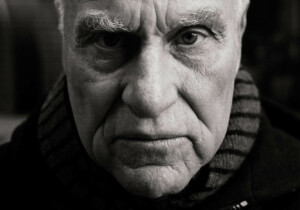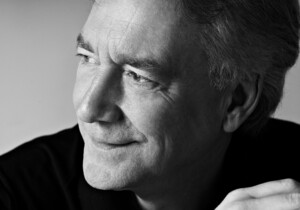Aleksandra Kasuba, a Lithuanian-born environmental artist and designer responsible for numerous public art commissions in the 1970s and 1980s as well as pioneering environments made of tensile fabrics, died on March 5 in New Mexico.
Kasuba originally intended to be an architect, but with the University of Kaunas closed by the occupying Nazi regime, she enrolled in art school until that too was shuttered. Fleeing with her art teacher and future husband, sculptor Vytautas Kašuba, she wound up in a Displaced Persons’ Camp in Germany until they were allowed to emigrate to the United States in 1947.
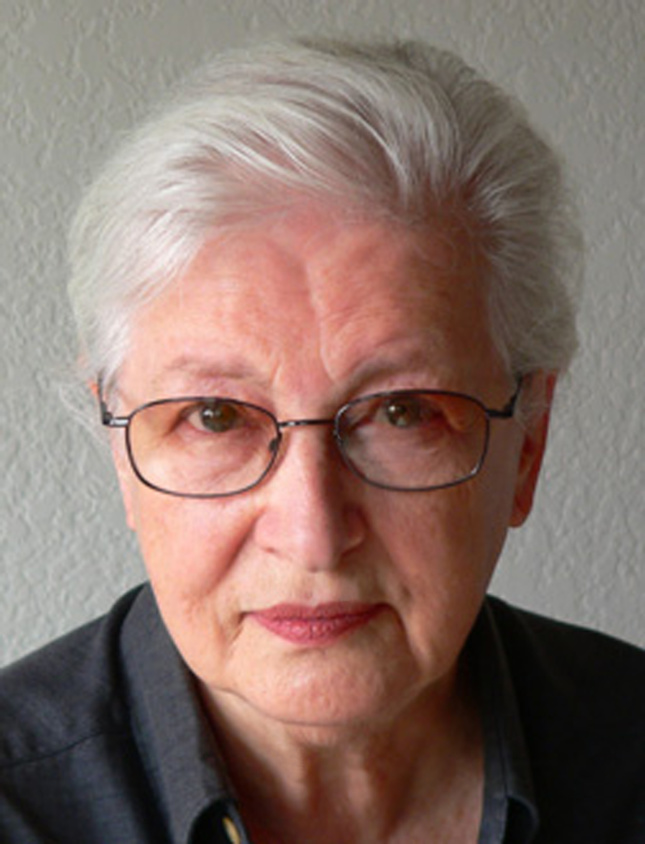
Possessed with a restless curiosity, Kasuba sought out every opportunity to learn more about visual art, attending the famous Four O’clock Forums held by Louise Nevelson while developing a practice in mosaic and tile to supplement her husband’s income. At a show of hers in the Waddell Gallery in 1965, Edward Larrabee Barnes approached her and asked if she would work in brick. Seizing the opportunity, she deduced how to represent the invisible forces of structure in brick wall relief and launched a successful line of large-scale works, such as the wall at Barnes’s 1971 Dining Hall at Rochester Institute of Technology, a brick relief at 560 Lexington Avenue for the Eggers Group, and a wall at 7 World Trade Center which was destroyed in the 9/11 attacks.
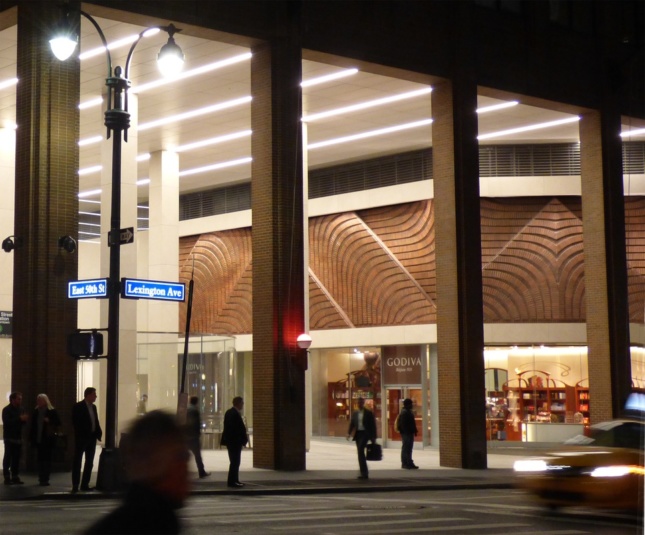
At the same time, Kasuba continued her experimentation with materials, shaping light and shadow with lucite for the seminal Experiments in Art and Technology exhibit at the Brooklyn Museum of Art in 1968 and the Art and Technology program at the Los Angeles County Museum of Art. A breakthrough came when she found she could make tensile structures out of synthetic fabrics. Just as she sought to represent the structural forces in her brick walls, she made visible the forces flowing through the fabric.
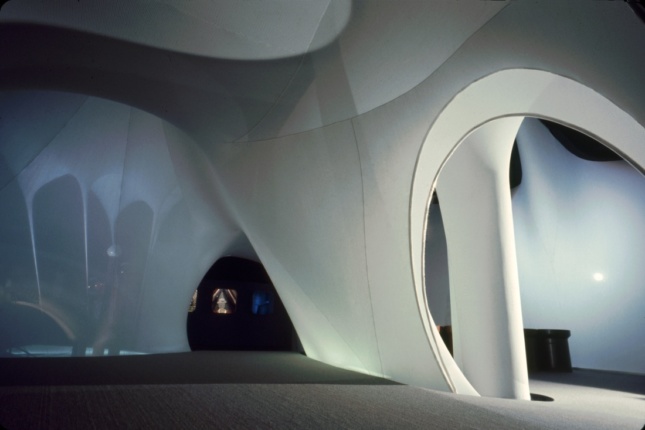
Among her noted achievements with fabric were her 1971 Live-In Environment, in which she erased any traces of 90-degree angles in a floor of her West 90th Street townhouse, creating a space for contemplation and creativity. In 1973, she was commissioned by the Carborundum Museum of Ceramics in Niagara Falls to build an environment for the display of ceramics. In 1975, she realized The Spectral Passage at the De Young Museum in San Francisco, composed of seven structures, relating form to color. Inspired by this show, she devised Spectrum, An Afterthought, which would be revisited at the National Gallery of Art in Vilnius in 2014 (a retrospective of her will open there in 2020).
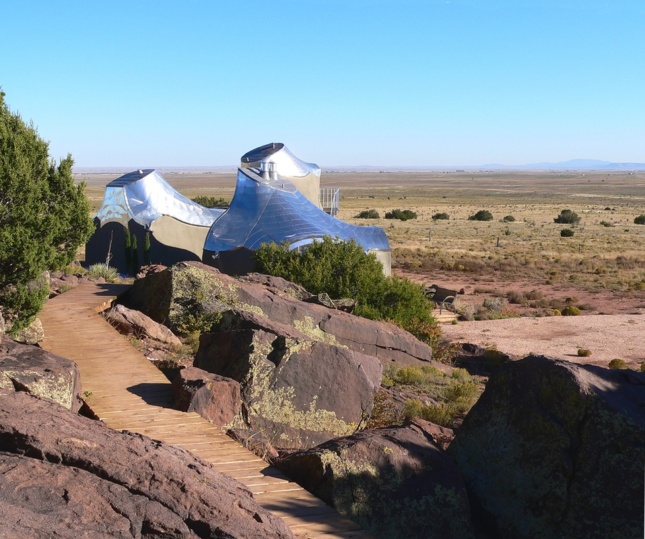
Throughout the 1980s and 1990s, Kasuba continued research with curvilinear walls, experimenting with how tensile membranes might be made rigid and self-supporting. After the death of her husband, she moved to New Mexico where she built a traditionally framed house in the desert together with two prototype shell structures. In these, she stretched wire between wooden frames as a base that she covered with building materials and aluminum surfacing.
Kasuba was also a prolific author, producing a series of books on her life, utopian communities, and reflections on creativity. She is survived by her daughter, two grandsons, sixteen great-grandchildren, and one great-great-grandson. Her archive is at the Archives of American Art in Washington, D.C.









